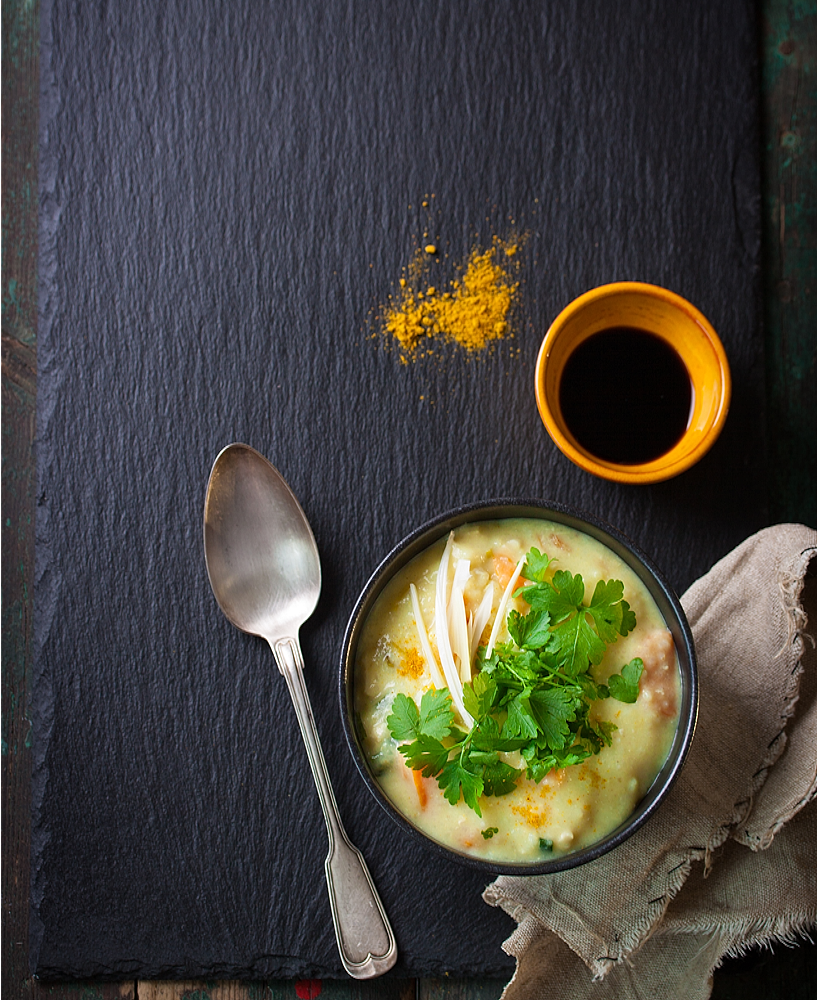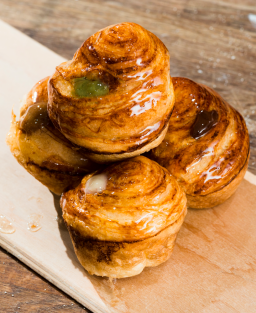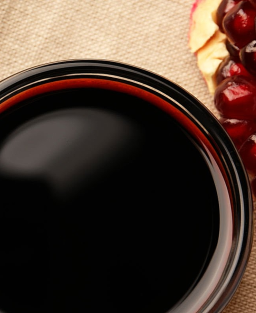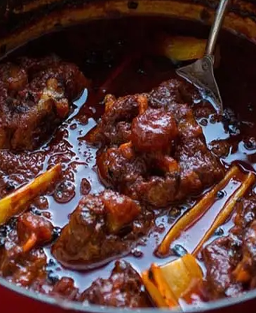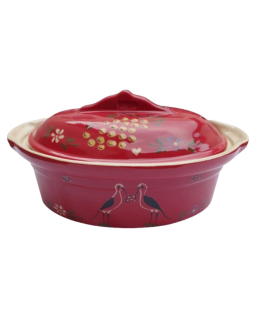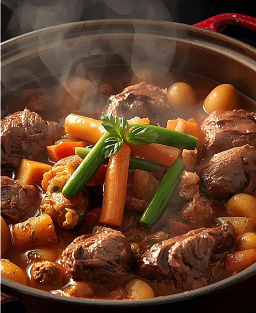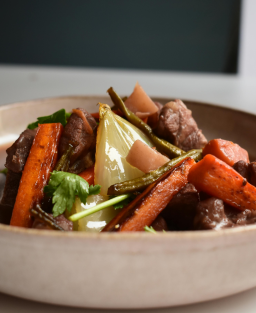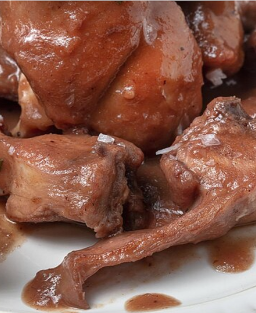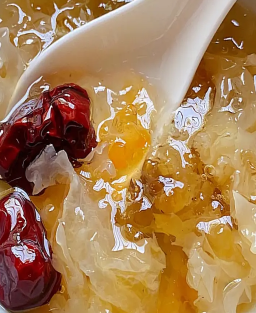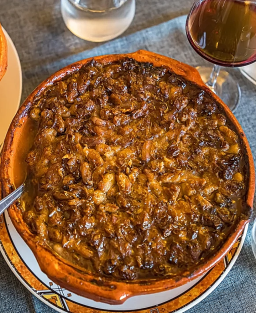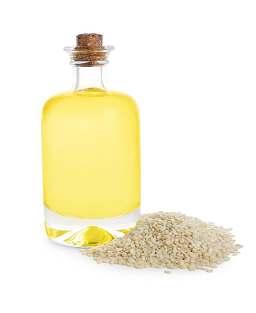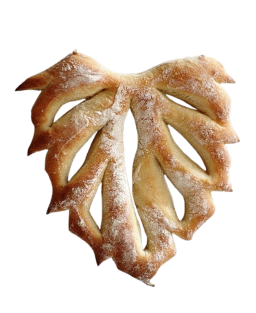味噌薬膳スープ – Miso Kampō Soup – Kampō Broth (Traditional Japanese Medicine)
Miso Kampō Soup – Kampō Broth (Traditional Japanese Medicine)
Country / Region
-
Country: Japan
-
Region: Pan-Japan (recipe used throughout Japan, with regional variations)
-
Official status: Oral tradition, recognized in Traditional Japanese Medicine (Kampō)
-
Recipe origin: Oral transmission – Kampō Medicine
-
Regulations: Not officially codified; based on principles of energy balance, body tonification, and prevention of seasonal illnesses
-
Certification body: None
History and Detailed Context
The Miso Kampō Broth originates from ancient Japanese medical texts, heavily influenced by Traditional Chinese Medicine (TCM), imported to Japan from the 7th century via Tang missions and Chinese scholars. These texts, known as Kampō yaku jutsu (漢方薬術), describe the use of herbs, seaweeds, and foods to balance Ki (気), harmonize internal organs, and prevent seasonal illnesses.
As early as the Heian period (794–1185), Japanese noble families and Buddhist temples used broths made with miso, kombu, shiitake mushrooms, and other plants to strengthen vital energy, improve digestion, and enhance resistance to winter illnesses. These preparations were considered not just foods, but daily remedies, integrating nutrition and medicine in a single practice.
During the Edo period (1603–1868), Miso Kampō Broth became central in family and religious cuisine. In Zen temples, it was served to monks as a nutritious meal before long meditation sessions and fasting periods, providing warmth, energy, and focus. In samurai households, it was prepared to protect family members from harsh winters, maintain vigor, and preserve mental health.
Each region of Japan adapted this broth according to local resources and available herbs. For instance, in northern Japan, saltier miso and local roots were favored for their warming and energizing properties, while in the south, broths were lighter and included fresh vegetables and seaweed for cooling and remineralizing effects.
The fundamental principle of this preparation remains: a light, clear, but nutritious broth that warms the body, tonifies Ki, supports the spleen and lungs, and is palatable enough to be consumed daily by the entire family.
Today, Miso Kampō Broth is still used in Japanese households as a complete therapeutic meal, combining flavor, nutrition, energy balance, and medicinal benefits. It represents the harmony between traditional medicine and gastronomy, a living legacy of Japanese culinary and medical culture.
Legends and Anecdotes (伝説 / 趣話)
-
Zen Monks of Kyoto and the Vitality Soup
京都の禅寺の坊主と元気スープ
昔、京都の禅寺で冬の間、若い僧侶たちは修行の疲れや寒さで体調を崩すことが多かったといいます。あるカンポー医の師匠が、昆布、干し椎茸、味噌、生姜を使った特製スープを作りました。このスープを毎日飲むことで、僧侶たちは体力を保ち、集中力を高め、寒さに強くなったと伝えられています。In Kyoto, at a Zen temple, it is said that in winter, young monks were often weakened by cold and fatigue.
A Kampō medicine master prepared a special broth with kombu, dried shiitake, miso, and ginger.
It is said that by consuming it daily, the monks maintained their energy, improved concentration, and resisted the cold better. -
Samurai Families in the Edo Period and Nutritive Soup
江戸時代の武士の家族と滋養スープ
江戸時代、武士の家では、冬の食卓に栄養たっぷりの味噌薬膳スープが欠かせませんでした。伝説によれば、毎日このスープを食べる家族は病気にかかりにくく、長寿であったといいます。During the Edo period, in samurai households, herb-infused miso broth was indispensable at the winter table.
According to legend, families who consumed this broth daily were less prone to illness and enjoyed long life. -
Heian Imperial Court and Health Broths
平安時代の宮廷と養生スープ
平安時代の宮廷では、皇族の健康を守るために、薬草や昆布を使ったスープが振る舞われていました。伝説では、皇族がこのスープを飲むと活力が増し、知恵と判断力が冴えると信じられていました。In the Heian imperial court, medicinal herb and kombu broths were served to protect the health of imperial family members.
Legend says that those who drank it gained vitality and sharper judgment. -
Common People’s Wisdom and Homemade Kampō Soup
庶民の知恵と家庭薬膳
地方の農村では、貧しい家庭でも手に入る材料で体を温める味噌スープを作る習慣がありました。この家庭のスープは、村人の間で**「元気の源」**として知られ、代々受け継がれました。In rural villages, even modest families made warming miso broth with accessible ingredients.
This homemade soup was known among villagers as the "source of vitality" and passed down through generations.
Ingredients (for 4–6 people)
-
Meat: 500 g (optional, chicken or tofu for a vegetarian version)
-
Miso (味噌 / miso): 3–4 tablespoons
-
Kombu (昆布): 10 g
-
Dried shiitake (干し椎茸 / hoshi shiitake): 3 pieces
-
Fresh ginger (生姜 / shōga): 10 g
-
Daikon (Japanese radish): 100 g
-
Leeks: 100 g
-
Carrots: 100 g
-
Water: 1.5–2 liters
Preparation (準備 / zhǔnbèi)
-
Preparing herbs and vegetables (薬材・野菜準備)
-
Rehydrate dried shiitake in warm water for 30 minutes.
-
Cut daikon, leeks, and carrots into even pieces.
-
Slice ginger thinly.
-
-
Cooking the broth (煮込み / nikomi)
-
In a large pot, add water, kombu, and rehydrated shiitake.
-
Bring slowly to a boil and remove kombu after 10 minutes.
-
Add daikon, leeks, carrots, and ginger.
-
Simmer gently for 20–30 minutes.
-
-
Adding miso (味噌を加える)
-
Off the heat, dissolve miso in a little broth and add to the pot.
-
Mix well and serve hot.
-
Benefits
-
Strengthens digestion and spleen (脾 / hi)
-
Tonifies Ki and supports natural defenses
-
Warms the body and supports mental vitality
-
Suitable for the whole family, especially in winter
Tips
-
Adjust miso quantity according to desired flavor intensity.
-
Keeps 1–2 days in the refrigerator.
-
Add tofu, mushrooms, or seasonal vegetables as desired.
Recommended Accompaniments
-
Steamed Japanese rice or onigiri
-
Pickled vegetables (tsukemono)
-
Green tea or light ginger infusion







